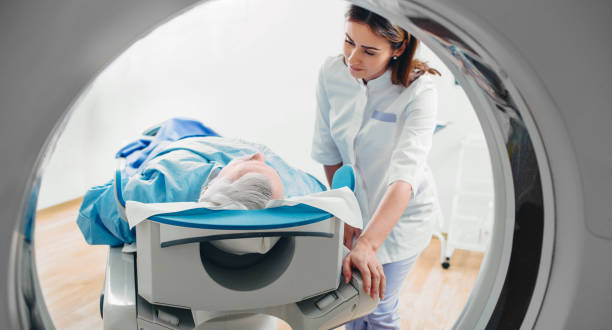
In the era of protocol-driven care, straightforward guidelines are often desired but can result in oversimplification of the decision. That has been the case for use of iin individuals with kidney disease. Instead of weighing the risk of contrast administration on a case-by-case basis, there seems to be a default to a recommendation against the use of contrast. This has resulted in patients with kidney disease not getting the necessary studies leading to delays in diagnosis and treatment.
Recognizing contrast nephropathy and those characteristics that contribute to risk are important to an informed decision on the use of contrast.
Recognizing contrast nephropathy and those characteristics that contribute to risk are important to an informed decision on the use of contrast. The variable definitions for diagnosis and the previous use of high osmolar agents resulted in a high incidence of acute kidney injury. Keep in mind, this diagnosis was often based on the labs and clinical scenario without confirmatory kidney biopsy findings. Biopsies may show features of acute tubular necrosis, but there is no distinguishing feature to implicate iodinated contrast exposure.
Review of larger administrative databases cannot reproduce the higher rates of acute kidney injury. In a larger series, using propensity scores comparing 116,694 who received contrast for CT scans with 40,446 who did not receive contrast. There was no increase in absolute risk of kidney injury. Another review of an administrative inpatient database of 5.9 million individuals with comorbidities by Wilheml-Leen et al. demonstrated the risk of acute kidney injury was nearly the same regardless of the use of IV contrast.
The use of iso-osmolar/low molecular weight agents has resulted in lower rates of contrast-induced kidney injury. Identification of factors such as underlying CKD stage 4 or 5, use of higher osmolar agents, intra-arterial administration of the contrast, concomitant hemodynamic instability, use of a large volume of contrast, and pre-existing volume depletion would help practitioners better predict the risk of contrast use. The risk for an individual with a GFR of 50 mL/min/1.73m2 receiving iodinated contrast for a CT scan of the chest to evaluate a pulmonary nodule is not the same as the individual with a GFR of 50 mL/min/1.73m2 who presents with acute myocardial infarction and hemodynamic instability needing an emergent cardiac catheterization.
Our recommendations for contrast use in these two cases should not be the same. Contrast-induced nephrotoxic injury can occur but the risk is not the same for all situations. Our approach should be a more thoughtful review of the individual clinical situation and an assessment of whether the benefit of the information gained from the study outweighs the risk. Additionally, there should be a dialogue with patients about the decision-making process rather than simplified guidelines.
Comments